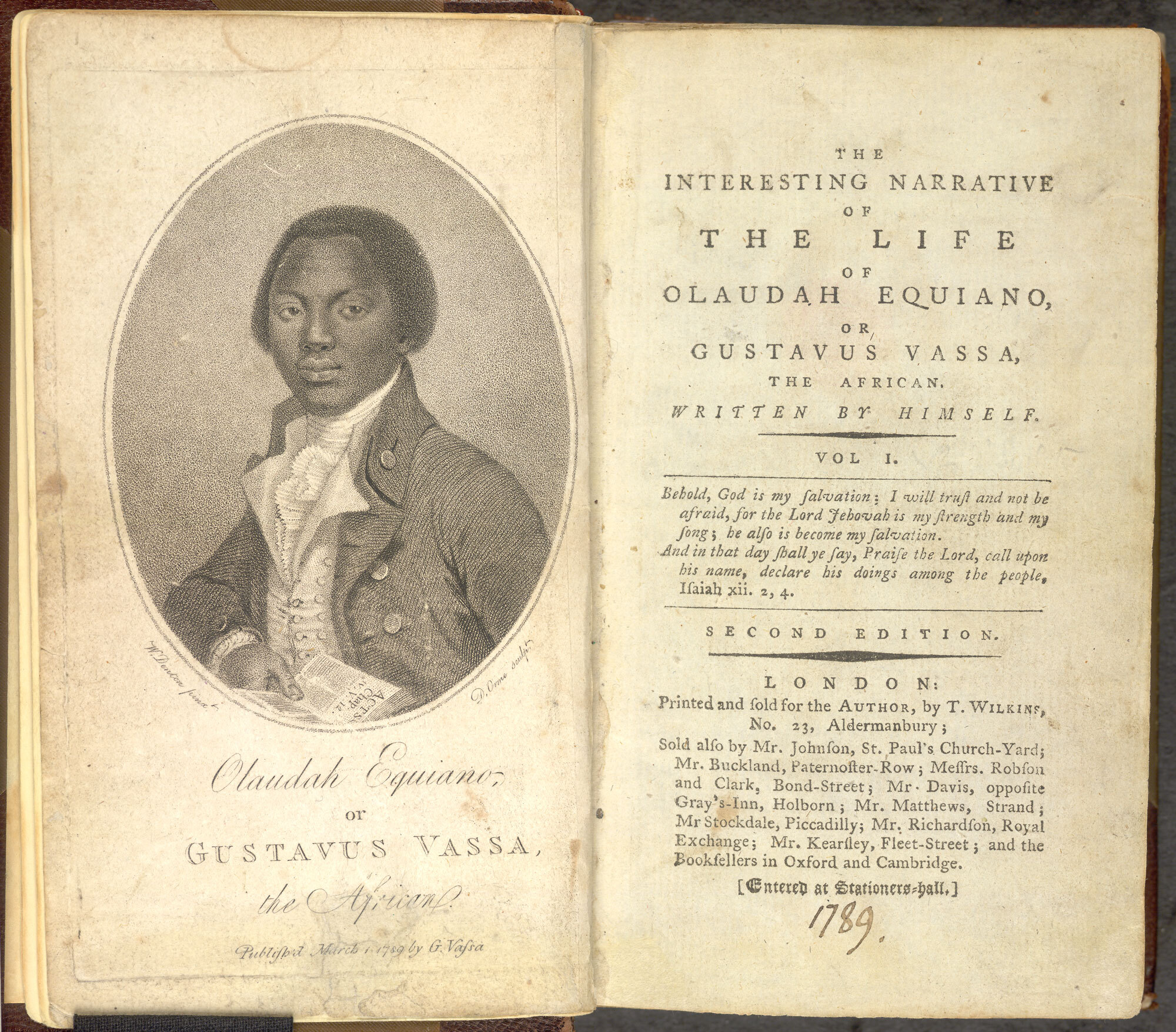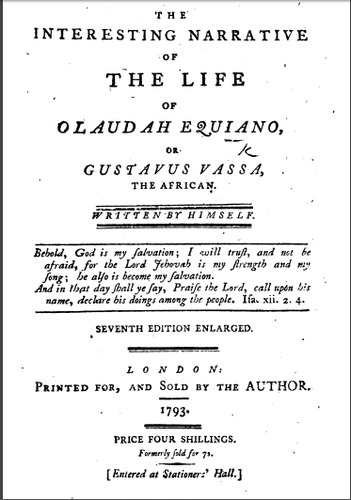The Interesting Narrative of the Life of Olaudah Equiano
Olaudah Equiano's narrative, The Interesting Narrative of the Life of Olaudah Equiano, published in 1789, remains a pivotal work in African literature and the abolitionist movement. Equiano's autobiography recounts his experiences from his abduction in Africa, through his enslavement, to his eventual freedom and life as an abolitionist in Britain (Luebering 1).
Challenging Slavery Through Personal Narrative
Equiano's narrative stands out as one of the earliest slave narratives, offering a vivid and personal account of the horrors of slavery. It is autoethnography and was written with the initial intended audience to be Parliament (Green 363). His storytelling and rhetorical choices not only exposed the brutalities of the transatlantic slave trade but also challenged pro-slavery arguments and preconceived notions about Africans, contributing significantly to the abolitionist cause (Luebering 1).
Early Modern Printing Techniques
During the early modern period, the invention of the printing press revolutionized book production. Equiano's narrative was printed using hand letterpress printing, a method developed by Johannes Gutenberg in the mid-15th century and refined over subsequent centuries (Davis 379). This innovative technique allowed for the mass production of books, making them more accessible to a wider audience compared to earlier manuscript copying methods (Davis 380). The process involved arranging individual metal-type characters to create lines of text with precise formatting since they were organized backward. The composed line was then locked into a chase frame before the ink was applied to the type surface using ink balls. Afterward, the inked type was pressed onto paper to transfer the text (Gambee 78). This meticulous and labor-intensive process enabled the production of multiple copies of Equiano's narrative.
Dissemination and Publication
Equiano's autobiography received substantial support from British abolitionists such as Hannah More, Josiah Wedgwood, and John Wesley, who actively campaigned against slavery (Luebering 1). With their help it was published in London in 1789. Their efforts contributed to the widespread popularity of Equiano's narrative, which went through nine English editions during his lifetime and was translated into multiple languages, including Dutch, German, and Russian (Luebering 1).
The dissemination of Equiano's narrative occurred during a period when print culture was increasingly controlled by European missionaries, colonial administrators, and traders (Davis 377). They not only influenced what was published but also targeted specific audiences for religious conversion and the spread of Western knowledge (Davis 377). Equiano himself also played a significant role in promoting and distributing his book. He traveled extensively throughout Britain, speaking engagements, and public readings to raise awareness about the realities of slavery and to sell copies of his narrative (Green 370).
Equiano's narrative was sold through subscription, a common practice at the time where readers would pre-order copies (Green 364). This method helped to finance the printing and ensured a market for the book. The book's success led to multiple editions and translations, further extending its influence across Europe and America (Luebering 1).

